-
- NASDAQ: CCLD $2.36
- 1-877-342-7517
In this technological era, where access to healthcare is increasing, telehealth has emerged as a transformative force. By bridging the gap between patients and healthcare providers through virtual consultations, telemedicine has revolutionized the way we access medical care. It covers a vast variety of care, including preventative care, urgent care, pediatric care, sexual health, mental health, and more. In this article, we will be rounding up a list of the top telemedicine companies in 2025. So read on if you are confused about which telemedicine company to choose to access healthcare facilities remotely.
Telehealth, also known as telemedicine, uses technology to remotely provide medical services and consultations. It bridges the gap between healthcare providers and patients, enabling access to medical care from the comfort of one’s home or in remote areas. All you need is a device and an internet connection, and you can promptly connect with your provider with the help of telehealth.
Telehealth | Telemedicine |
Telehealth is an umbrella term covering remote clinical and non-clinical services. | Telemedicine is a part of telehealth. |
It includes communication between patient and provider as well as provider-provider communication. | This only includes the patient-provider relationship. |
Numerous lab test results, healthcare education and training, a partnership between technology and the healthcare industry, etc. are all included in telehealth. | Telemedicine is only available as a digital kind of medical care. |
Patients with chronic conditions who use telehealth can participate in their care. | This only broadens the scope of physician coverage. |
In this article, we have done a roundup of the best telemedicine companies well suited for your needs.
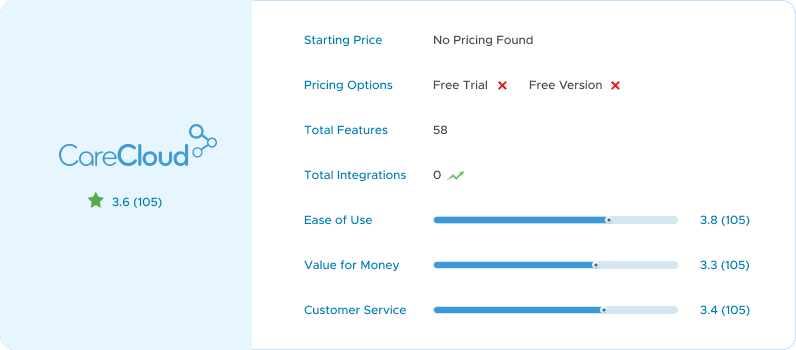

Pros
Cons
CareCloud Charts is a certified EHR solution that offers a full range of features for better practice management and patient care. The solution provides pre-built prescription, reporting, and billing templates that can be altered to meet specific clinic, patient, or specialty needs.
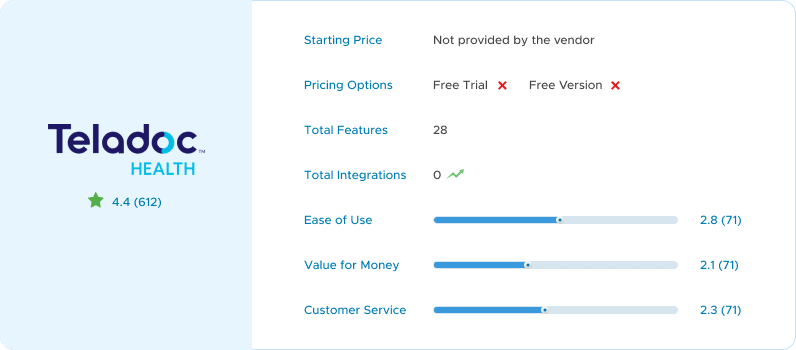

Pros
Cons
We picked Teladoc for its 24/7 availability through phone calls, video, or text. Without the need for parents to physically bring their sick child to a doctor’s office, providers develop a treatment plan that may include any necessary medicines.
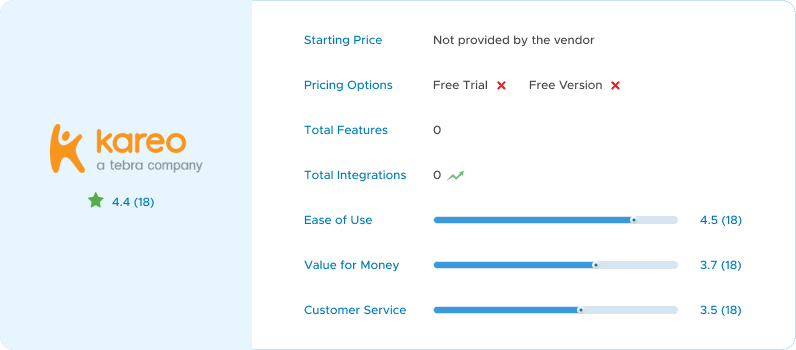

Pros
Cons
Kareo Clinical EHR can be utilized in a wide range of medical disciplines, including mental health, family medicine, pediatrics, cardiology, chiropractic, podiatry, and others.


Pros
Cons
The fact that DrChrono delivers native telehealth functionalities that are seamlessly integrated into the EHR sets it apart from other EHR solutions. A third-party telemedicine solution is not necessary.
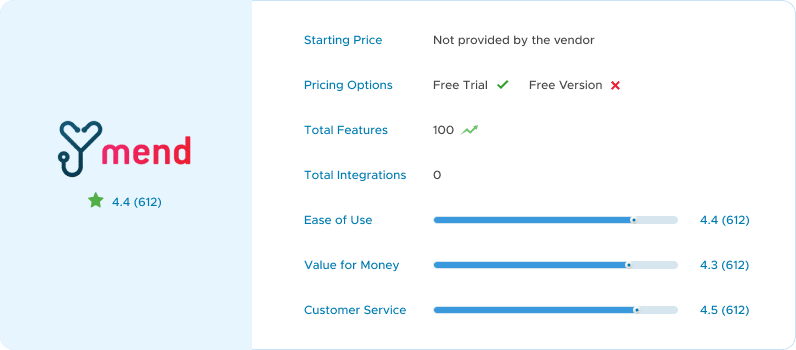

Pros
Cons
Mend helps communicate with patients by chat, video, or forms whenever, wherever, and on any device. The most user-friendly, seamlessly integrated technology to engage your patients is Mend.
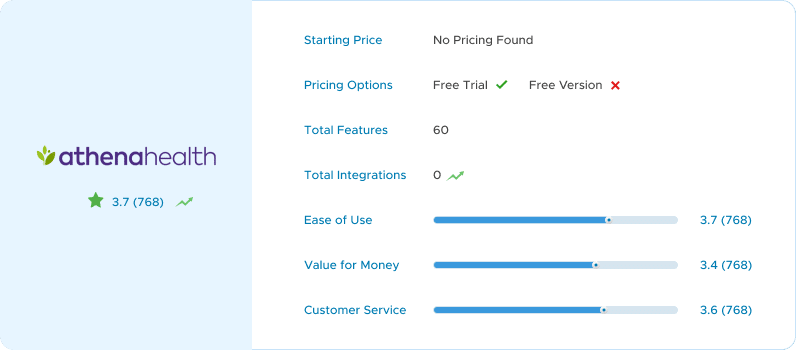

Pros
Cons
We chose Athenahealth since their athenaClinicals Ambulatory EMR for 11-75 physicians and athenaIDX practice management were just ranked #1 by 2023 Best in KLAS.
Telemedicine is best for people who live in rural areas, those with disabilities, or elderly patients.
The biggest supplier of telemedicine is Teladoc Health, which has over 1,800 employees and $1.09 billion in annual sales.
Access to medical care has improved because of telemedicine. Patients can consult with medical professionals simply by using video application software, and doctors have access to better networking, data storage, report management, and skill-sharing capabilities. By allowing doctors to spend less time on rural assignments and more time caring for patients, this enhances the standard of medical practice. Telemedicine will improve the patient experience and allow private healthcare specialists to practice. With electronic files and reduced wait times, doctors will be able to access patient data more quickly and conveniently. Additionally, by scheduling remote appointments, medical professionals can treat a larger number of patients in less time.
We’re Here to Help
Our experts are ready to assist
you in real-time.
